
|
|
|
|
|
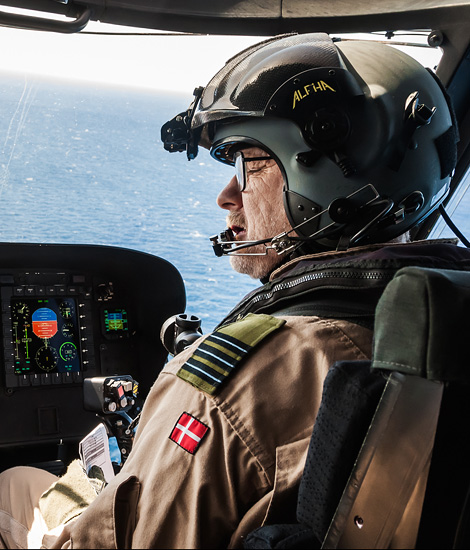
|
Danish Contribution to TF-473; Charles de Gaulle, March 25 & 26, 2019
Mission Clemenceau, part 6; Text and Photograph's: Alex van Noye & Joris van Boven
During Mission Clemenceau, the French aircraft carrier Charles de Gaulle is guided by several ships from different partner countries in the Carrier Strike Group. For the Danish Navy it is the first time that a Frigate will sail along in a Carrier Strike Group. This Frigate is the Niels Juel, and has one EH101 Merlin on board.
At sea the Danish Navy has an EH101 Merlin helicopter available during Mission Clemenceau. The captain on this helicopter, who likes to remain anonymous, explains how the crew is composed. The helicopter is flown by two pilots of who the Captain is one of them. There is a flight engineer on board who is also the hoist operator during SAR missions. Also there is a mission system administrator who has various tasks such as communication, acting as a radar operator, FLIR operator and backup rescue swimmer. The fifth person on board is the rescue swimmer for SAR operations. The Captain explains that they will fly with six crew members during Mission Clemenceau. "We have an extra Flight Engineer on board, so the two Flight Engineers can support each other in the Merlin". The Merlin is from the 722 Squadron which is based at the Danish airbase Karup. During the cruise the Merlin of the Danish Air Force is based on the Frigate Niels Juel according to the Captain. A number of maintenance technicians for the Merlin are also on board of this Frigate. "The crews were exchanged during the mission, so we have more crews involved in the mission". This means that the Merlin helicopter can be deployed for a longer period because the helicopter crew can be exchanged. The Captain indicates that the Merlin is an important helicopter, because the helicopter is multi-deployable due to its size. The most important objective for the Danes is the international partnership with the partner countries of Denmark.
The Captain indicates that in Denmark some work has been done before the mission to get all crews ready for deployment. "We had some crewmembers who had been training for years for ship operations, but we had to bring in new people to leave the whole mission and to be prepared for missions in the future." It pre-deployment training was for the largest part focused on operations from a ship. These exercises consisted of landing on ships, maintenance procedures and general operations from the ship. This training was completed in Denmark, but the experienced crew members
|
|
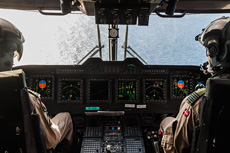
|
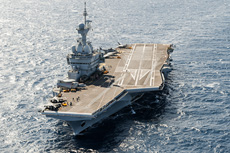
|
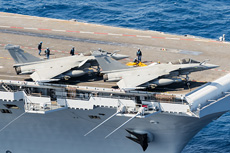
|
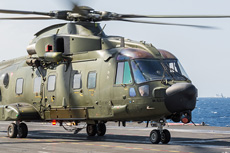
|
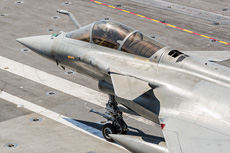
|
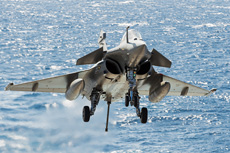
|

|
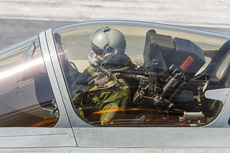
|
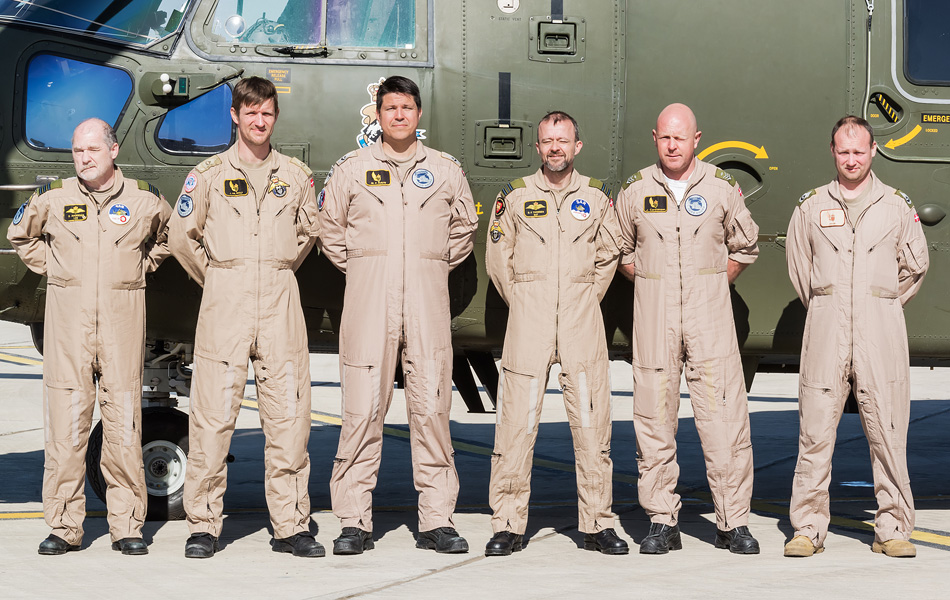
|
previously trained on other skills with difficult weather conditions according to the Captain. The purpose was to be fully prepared for operating with a helicopter in the most diverse situations at sea. The Captain indicates that the role for them in this mission consists of Search And Rescue (SAR) missions, maritime reconnaissance flights and logistical flights. Most crew members normally fly SAR in Denmark, so the task is known to the 722 Squadron. According to the Captain, the reconnaissance mission was specifically trained. Training the operational procedures of the flying sling loads was trained as well. "We have not yet flown a sling load in this mission, but we can secure 3000 kg under the helicopter in that way". Prior the Danes made the first deck landing at the CdG, they had a telephone briefing to be sure of the landing and communication procedures on the aircraft carrier. The landing itself, according to the Captain, did not need extra training. "It is a very huge and stable deck compared on what we normally land on".
With regard to the SAR and Pedro mission around the CdG, we were expected to take over that mission from the French in advance, according to the Captain. On Tuesday, March 26, it was the very first time that we flew the Pedro mission while launching Rafales from the CdG, the Captain added. To be prepared for this, we had a personal briefing with a Pedro team from CdG. They informed us about the procedures regarding flight patterns and procedures of the aircraft around the aircraft carrier. We have also gone through the French procedures that we must follow in the event that a plane hits the water at the launch with the catapult. In addition, the guideline indicated how we should rescue the pilot from the water if he had to leave his aircraft, since a very large ship sails along on a short distance; this requires some preparation and procedures. The captain indicates that they will fulfill this mission even more often during Mission Clemenceau. The call sign of our Merlin was “Merlin 33” during the Pedro mission. The crew for the SAR mission consists of five crew members. The man in the wetsuit is our rescue swimmer. During this mission, our Mission System Administrator was ready to act as a backup rescue swimmer. During this mission we were able to fly over 3.5 hours on standby next to the ship. This time can vary due to the distance to the Niels Juel and the weather conditions.
That the role of a large helicopter such as that of our Merlin can change rapidly became soon clear, according to the Captain. After the SAR mission at the CdG, we were asked if we could take spare parts and technicians to Larnaca in Cyprus. An E-2C Hawkeye was stranded there with technical problems and needed some help. For this request for help, we have collected a group of people and more than 700 kg of tools from the CdG. This concerned a tow bar for the E-2 and a tool and a hydraulic set for the landing gear. Again, it shows the Merlin's ability to support various tasks throughout the Carrier Strike Group. During Mission Clemenceau, we have learned so far that moving cargo quickly is an important asset within a Carrier Strike Group. The Captain says, "My expectations for this mission were that we could join the Task Force and be a vital player in the mission, and that has been more than fulfilled". With the Merlin there is the possibility to fly a large number of different missions. The Merlin is able to switch mission types in a very short period of time. It is the first time that a Danish frigate with a helicopter on board joins a Carrier Strike Group. Before it was an objective to be an important asset, this was a great achievement for the crew. "I have flown a helicopter in the SAR role for a number of years, but shipping is new to me". The Captain adds that it was a great personal experience to be part of this mission. For the Danes, the contribution to Mission Clemenceau was a milestone that was achieved and people look back with pride.
|
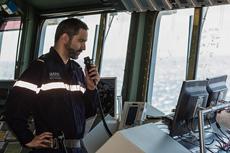
|
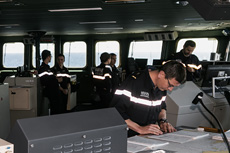
|
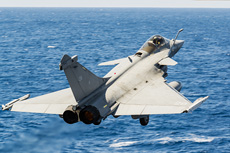
|
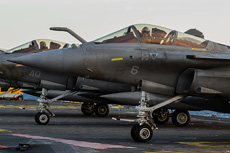
|
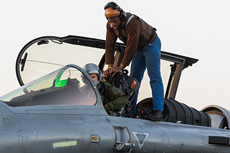
|
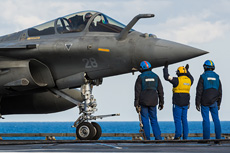
|
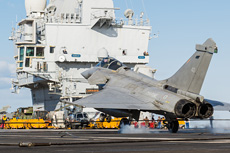
|
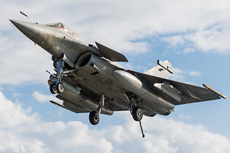
|
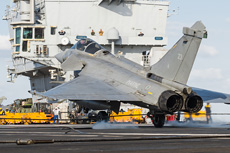
|

|
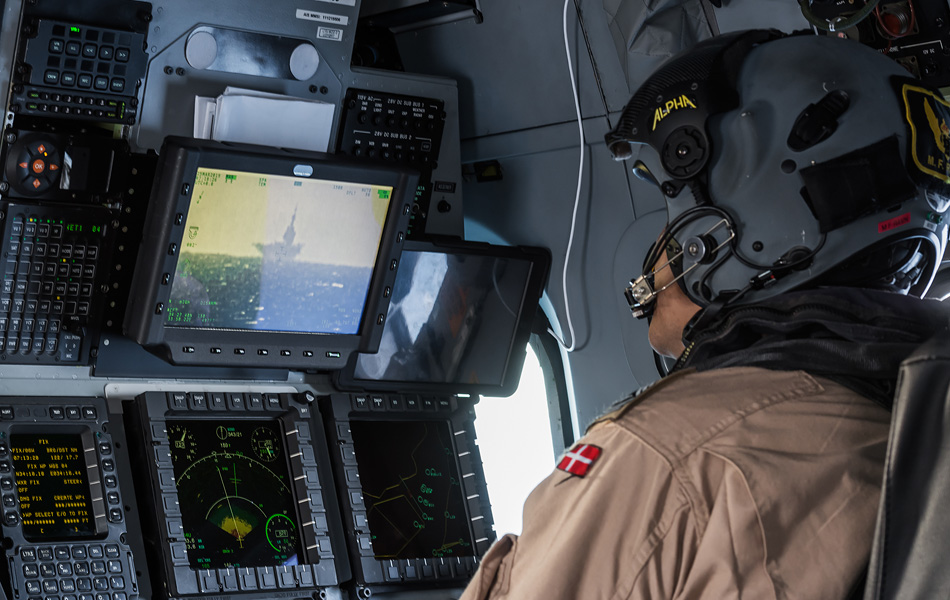
|
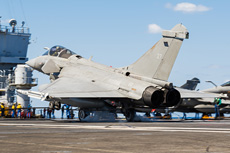
|
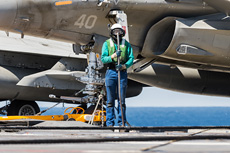
|
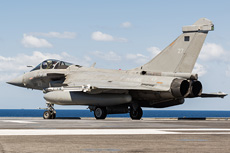
|
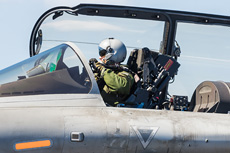
|
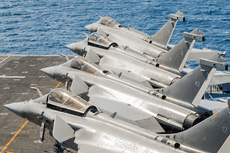
|
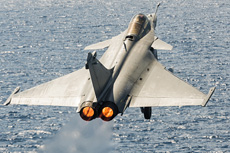
|
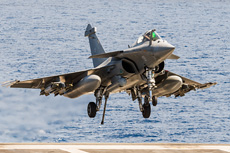
|
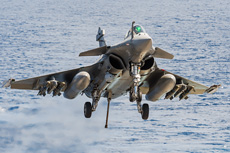
|
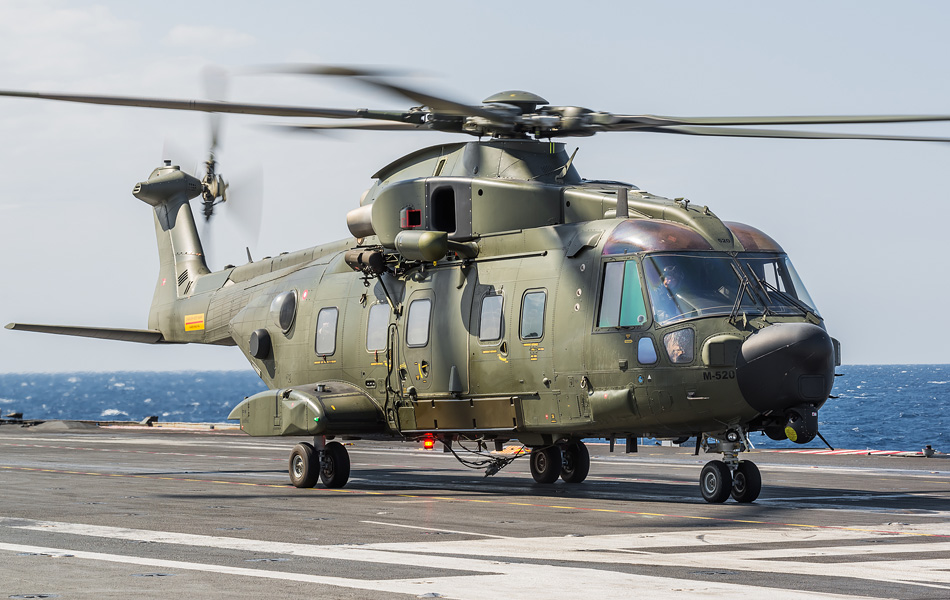
|
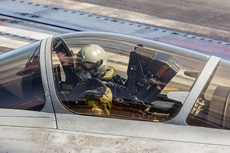
|
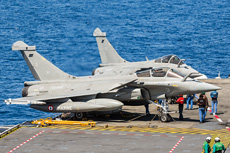
|
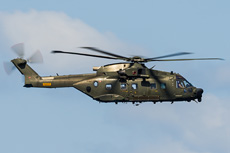
|
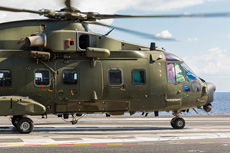
|
|
|

|







